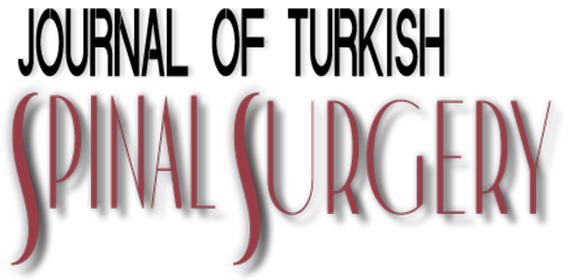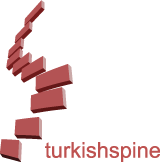ABSTRACT
Background Data:
Caudal epidural steroid injections under fluoroscopy guidance have been used to relieve chronic low back pain due to lumbosacral nevre root compression. However the results of caudal epidural steroid injections under ultrasound guidance haven’t been proven.
Purpose:
To determine the clinical outcomes of caudal steroid injections in patients with spinal stenosis under ultrasound guidance.
Materials-Methods:
A total of 298 patients with spinal stenosis scheduled to receive caudal epidural injections under ultrasound guidance. The patient characteristics were recorded. A linear array probe was used initially for each patient. The procedure was performed with a convex array probe if adequate ultrasound images could not be achieved with the linear array probe. The effect of BMI on the availability to visualize the sacral hiatus and to perform the caudal injection with either linear or convex probe was evaluated.
Results:
The patients (221 women, 77 men) with mean age of 58.55±14.29 were included. Mean body mass index (BMI) was 30.99±4.29 kg/cm2. The sacral hiatus was identified by ultrasound images using linear probe in 260 (87.24%) of patients and by convex array probe in 38 (12.76%) of patients. BMI of these patients were 30±3.6 and 37.8±1.21, respectively (p<0.0001). The initial NRS0 scores, NRS scores after (NRS1) and one month after (NRS2) caudal epidural injection were 7.66±1.26, 3.65±1.3 and 3±1.29 (p<0.0001, p<0.0001, p<0.0001), respectively.
Conclusion:
Ultrasonography is effective for guiding caudal epidural injection and convex array probe would be preferred in overweight patients if adequate images was not achieved with linear array probe.



